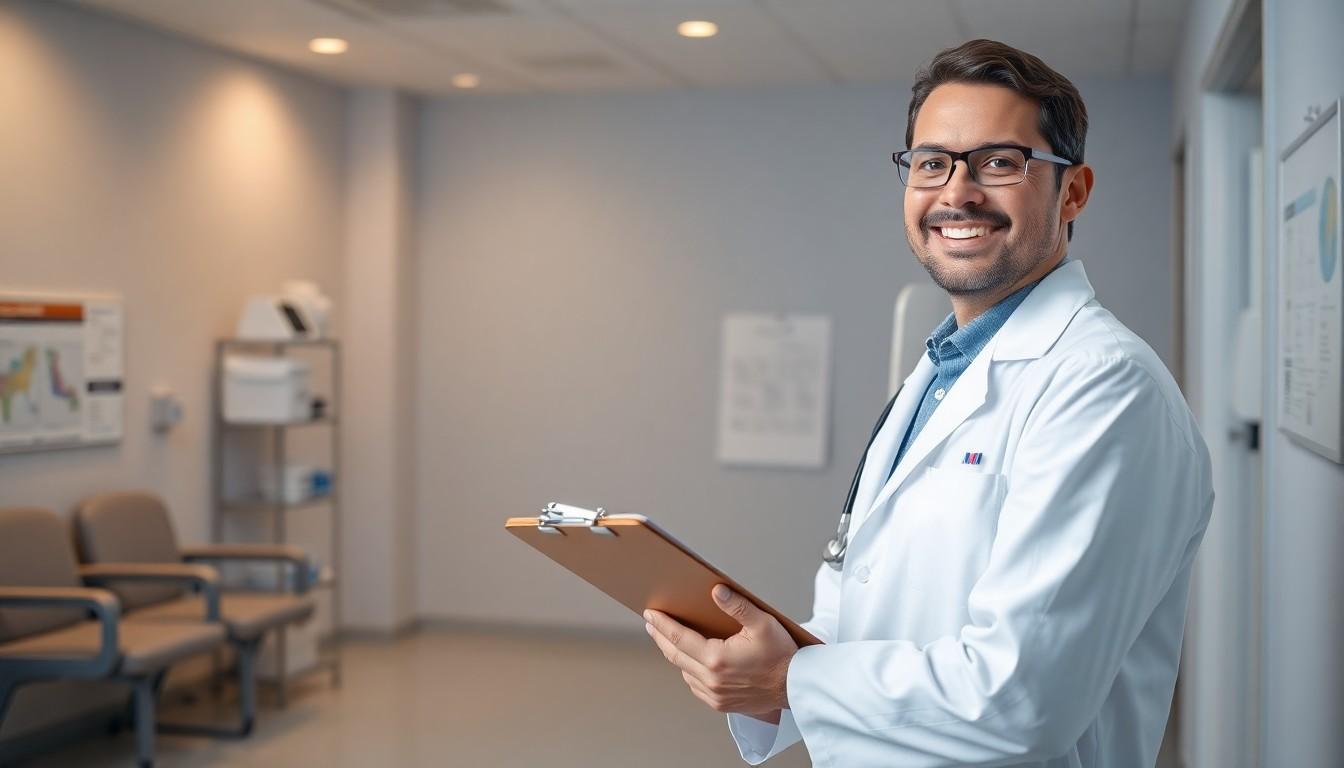Gutriminum Diagnosed: Uncover the Hidden Symptoms Affecting Your Gut Health Today

In a world where gut health reigns supreme, the term “gutriminum diagnosed” might sound like a fancy dish at a five-star restaurant. But fear not, it’s not a gourmet meal—it’s a crucial health issue that could be lurking in the shadows of your digestive system. When your gut throws a tantrum, it can lead to a range of uncomfortable symptoms that are anything but appetizing.
Overview of Gutriminum Diagnosed
Gutriminum diagnosed represents a vital aspect of gut health linked to serious digestive issues. This condition affects many individuals, leading to various symptoms that can disrupt daily life.
Definition and Explanation
Gutriminum diagnosed refers to a category of digestive disorders associated with abnormal gut microbiota or dysfunction. Symptoms often include bloating, abdominal pain, and irregular bowel movements. Understanding this condition requires recognizing the complex interactions within the gut. It impacts nutrient absorption and overall health. Medical professionals classify this diagnosis based on specific criteria, including symptom patterns and diagnostic tests.
Importance of Accurate Diagnosis
Accurately diagnosing gutriminum is crucial for effective treatment. Misdiagnosis can lead to inappropriate therapies and worsening symptoms. A precise diagnosis aids in understanding the root cause of digestive issues, allowing for targeted interventions. Medical experts stress the need for comprehensive evaluations, often including stool tests and imaging. Proper diagnosis facilitates personalized treatment plans, leading to improved health outcomes. Recognizing the signs and seeking medical advice early can significantly enhance the quality of life for those affected.
Symptoms and Signs

Gutriminum diagnosed can lead to a variety of distressing symptoms. Identifying these symptoms aids in recognizing the condition early, which improves management strategies.
Common Symptoms
Bloating occurs frequently and may increase discomfort after meals. Abdominal pain often varies in intensity and location, making it challenging to pinpoint. Irregular bowel movements might manifest as constipation or diarrhea, disrupting normal routines. Fatigue often accompanies these physical symptoms, contributing to an overall sense of malaise. Nausea may occur sporadically, adding to the discomfort. Understanding these common symptoms is vital for timely diagnosis.
Red Flags for Early Detection
Unexplained weight loss may signal a more serious issue, warranting immediate attention. Blood in the stool represents another concerning sign that requires further evaluation as it could indicate bleeding. Persistent abdominal pain that does not improve often suggests underlying problems. Difficulty swallowing, particularly when accompanied by pain, can indicate significant health concerns. A sudden change in bowel habits, especially if lasting more than a few days, should prompt a medical consultation. Addressing these red flags early enhances the likelihood of effective treatment.
Diagnostic Methods
Effective diagnosis of gutriminum diagnosed relies on precise methodologies. Comprehensive evaluations reveal the underlying issues related to gut health.
Laboratory Tests
Healthcare providers conduct several laboratory tests to assess gut health accurately. Stool analysis plays a critical role in diagnosing gut disorders, highlighting the gut microbiota’s composition. Blood tests often evaluate inflammation markers and nutritional deficiencies. Additionally, specific tests can identify infections, such as parasites. These laboratory evaluations help formulate targeted treatment strategies based on individual needs.
Imaging Techniques
Imaging techniques assist in visualizing the gut’s structural integrity. Ultrasounds can identify abnormalities in the abdominal region, while CT scans provide detailed insights into the intestines. Endoscopy allows direct inspection of the gastrointestinal tract, enabling biopsies for further analysis. With these imaging methodologies, medical professionals gain valuable information to confirm diagnoses and determine appropriate management plans.
Treatment Options
Effective management of gutriminum diagnosed involves a combination of medical interventions and lifestyle adjustments. These approaches work together to optimize gut health and alleviate symptoms.
Medical Interventions
Medical professionals often prescribe medications based on the patient’s specific needs. Antibiotics might treat bacterial infections, while anti-inflammatory drugs can reduce gut inflammation. Probiotics also play a crucial role in restoring gut microbiota. Healthcare providers sometimes recommend supplements for nutritional deficiencies that may arise from poor gut function. In severe cases, advanced therapies like biologics can provide significant relief, particularly for chronic inflammatory conditions. Regular follow-ups ensure that treatment remains effective and adjustments occur as needed.
Lifestyle Adjustments
Incorporating lifestyle changes can greatly improve symptoms related to gutriminum diagnosed. Dietary modifications are essential, emphasizing whole foods and fiber-rich options. Avoiding processed foods and excessive sugar helps maintain gut balance. Hydration is vital; drinking adequate water supports digestion and nutrient absorption. Additionally, stress management techniques such as yoga and mindfulness exercises can enhance gut health. Regular exercise also promotes digestive function, contributing to overall well-being. Maintaining a consistent sleep schedule supports the gut’s natural rhythms, further aiding in recovery.
Prognosis and Management
Gutriminum diagnosed carries various implications for the affected individual’s long-term health and quality of life. Prognosis often depends on factors such as the underlying causes, severity of symptoms, and response to treatment. Many individuals experience significant improvement with appropriate management strategies, leading to enhanced well-being.
Management encompasses both medical and lifestyle interventions. Healthcare providers may recommend tailored medications, including antibiotics and probiotics, to address specific gut issues. Adjusting diet plays a crucial role as well; emphasizing whole foods and fiber-rich options fosters beneficial gut health. Loaded with nutrients, these foods can alleviate symptoms and restore balance in gut microbiota.
Continuous monitoring improves treatment effectiveness. Regular follow-ups ensure medical professionals can assess progress and modify treatment plans as needed. Adhering to prescribed medications and supplements further supports recovery.
Lifestyle adjustments enhance management outcomes significantly. Engaging in stress relief activities like yoga and mindfulness helps mitigate symptoms. Exercise contributes to overall health while promoting digestion and gut function. Staying hydrated remains essential, as proper fluid intake aids in maintaining regular bowel movements.
Sleep hygiene also influences gut health. Consistent sleep patterns support overall wellness, impacting both physical and mental health. By prioritizing these factors, individuals can bolster their recovery and enhance their quality of life.
Collaborative efforts between patients and healthcare providers lead to successful management. Reporting changes in symptoms or concerns promptly fosters a proactive approach. This teamwork ultimately supports better health outcomes for those diagnosed with gutriminum.
Conclusion
Gutriminum diagnosed is a critical aspect of gut health that requires attention and understanding. Early identification and accurate diagnosis can significantly impact the management of digestive disorders. Individuals experiencing symptoms should prioritize seeking medical advice to navigate their condition effectively.
Implementing lifestyle changes alongside medical interventions can lead to improved health outcomes. Regular follow-ups with healthcare providers ensure that treatment plans remain effective and tailored to individual needs. With a proactive approach, those affected can enhance their quality of life and regain control over their digestive health.



